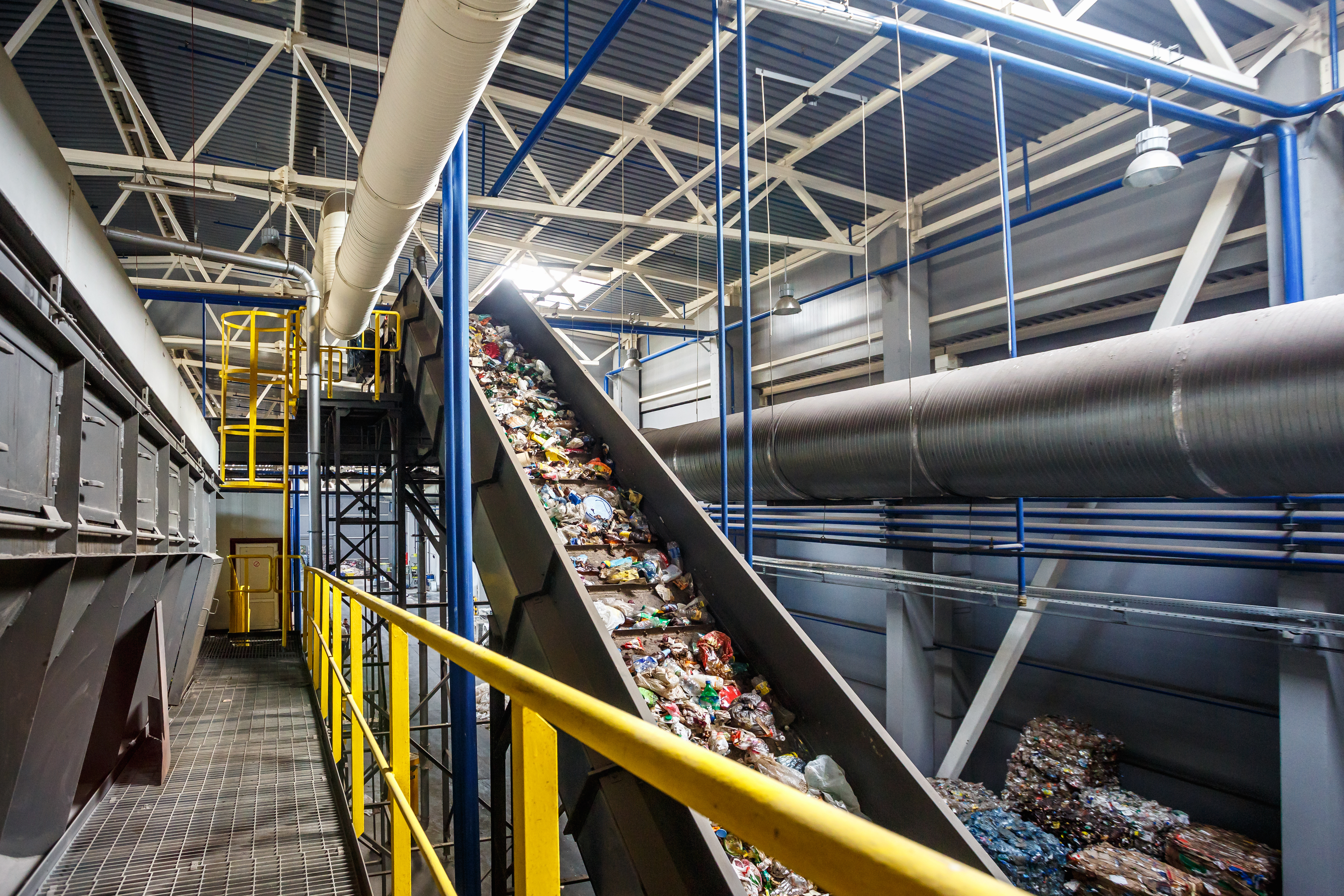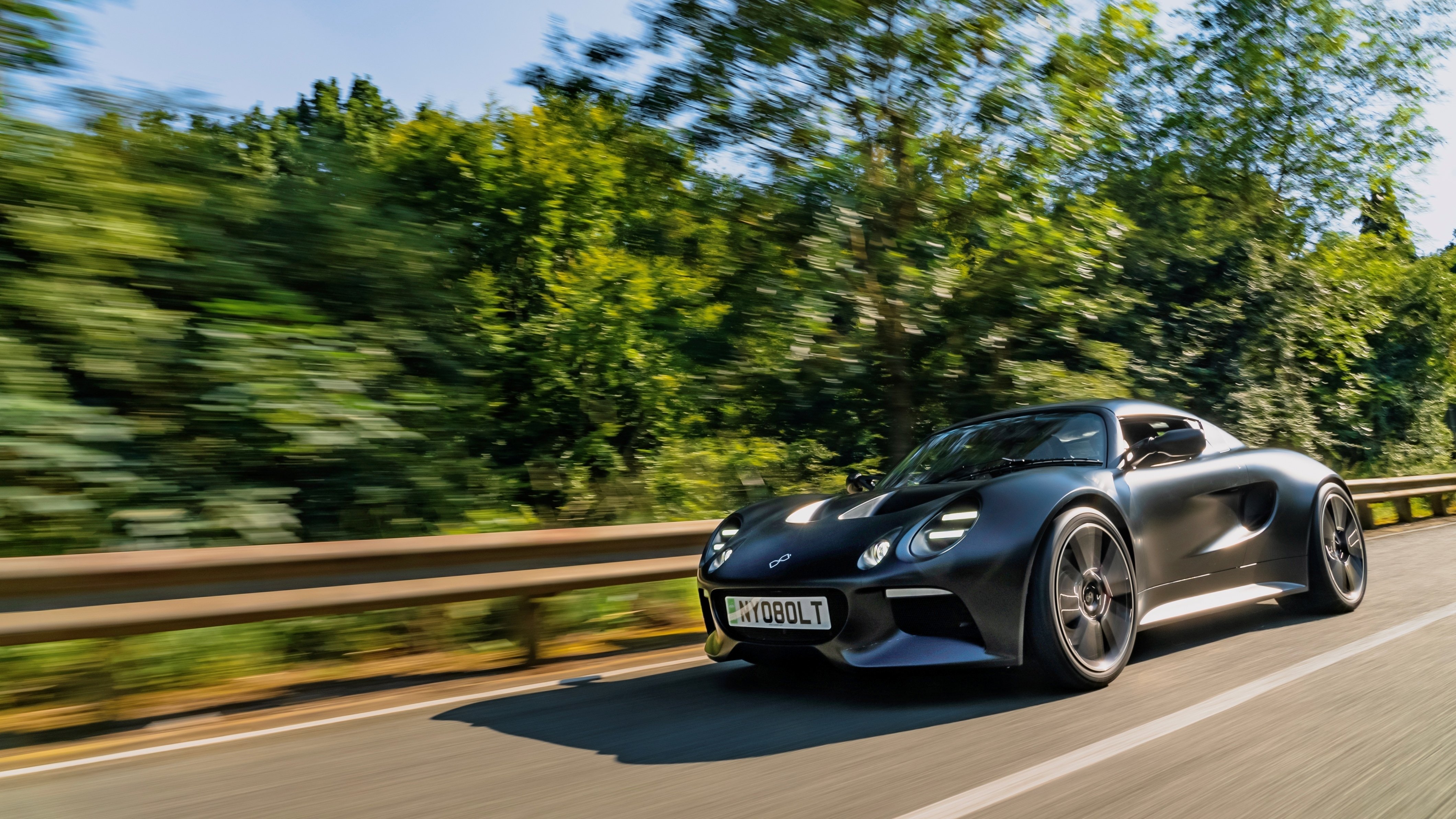
Ports need to supply ships with megawatts of power to charge in under two hours. The BlueStor consortium is developing batteries for the job.
Forward: features are independent pieces written for Mewburn Ellis discussing and celebrating the best of innovation and exploration from the scientific and entrepreneurial worlds.
Catch the Stena Line Jutlandica ferry from Gothenburg to northern Denmark and you’ll enjoy the latest in diesel-electric hybrid transport. The crew can switch to a Corvus Energy lithium-ion battery to power the bow thrusters, replacing diesel generators. It’s a cleaner way to travel.
Stena is committed to hybrids as is rival P&O. The world’s largest hybrid and double-ended ferry, the P&O Pioneer, entered service in summer 2023 on the Dover to Calais route. And Irish Ferries is rolling out on-board charging for electric cars. Cruise ships and cargo vessels are the next to make the switch.
This trend raises the question of how to charge these magnificent behemoths of the sea. The energy demands are orders of magnitude larger than ports can handle.
‘Brittany Ferries is introducing a new LNG-electric hybrid,’ says Dr Jonathan Williams, CEO of MSE International, a world leader in portside charging. ‘One of its vessels will need 12 megawatt hours of energy every time it docks. This is chunky. That’s more than 100 times more than a Tesla car needs to charge from empty. It needs that energy delivered in 90 minutes, so it needs five or six megawatts of power. A cruise ship will need ten megawatts.”
Charging at this speed means either building a mini power station to supply the energy, or designing a storage unit able to charge up and then disburse electricity. MSE is a world leader in the latter. It is part of the BlueStor consortium to develop technology able to service the world’s largest ships within tight time frames.
‘We developed the BlueStor project with Portsmouth in mind,’ says Williams. ‘At the time, there was no charging infrastructure there. Just a grid connection of around a megawatt. So we knew we could charge a battery. The question was how to capture that energy and release it when needed.’
Organic flow batteries
Ports make the challenge even more complex. Size is relevant, but ports tend to offer a fair bit of real estate. So high-energy density offered by lithium-ion isn’t mandatory. More critical are performance and fire risk. The battery needs to be able to charge and discharge rapidly, and not be at risk of bursting into flames. The CEO of US-based Energy Vault, known for its gravity storage system that uses cranes to haul bricks into the air to store energy, warned recently that battery fires ‘will go up exponentially’ as lithium-ion installations increase. A fire at the Valley Center Energy Storage Facility in California in September 2022 required the evacuation of homes and businesses within a quarter of a mile radius, and stay-at home-orders for anyone within half a mile. A fire at a port would cripple operations.
MSE is therefore looking at what are known as organic flow batteries based on water-soluble organic compounds such as carbon, hydrogen, nitrogen, phosphorous, iron and sulphur. ‘You definitely don’t want to cause a major environmental hazard,’ says Williams. ‘Organic batteries are entirely benign. If there is an accident, the electrolyte spills into the sea – there’s not much to worry about.’
The resilience of organic flow batteries is remarkable. The charge cycle will be from zero to full and back to zero a few times a day. Harsh work. Yet unlike lithium-ion, which degrades over time, organic flow batteries retain their capacity over many thousands of cycles.
The up-front capital cost is currently high. This is normal with a first-generation technology with no scale in production. ‘We look at the asymptote of the electrolyte cost,’ says Williams. ‘Where could the price get to with scale? That comes down to the cost of the raw materials. If you are a vanadium flow battery maker like Invinity, you are always going to have to buy vanadium.’
Williams keeps his cards close to his chest. ‘I can’t reveal the price composition of our battery for commercial reasons. Our early research showed the electrolyte cost was not as low as we’d hoped. The truth is lithium-ion is cheaper than anything else because they’ve had a trillion dollars of investment, which drives down costs.’
But factor in resilience and the equation changes. ‘We did the costing over 25 years and when you take into account the replacement cost for lithium-ion, organic flow looks more economical.’ For solar farms, where the cycle is once a day, the equation is ‘borderline’ at today’s prices.
Next stage: full launch
Perfecting the technology is proving tricky. Swanbarton, a member of the BlueStor consortium, is working on an artificial intelligence system and bespoke controllers to control the charge rate. A battery supplier is yet to be confirmed, but Williams is happy to mention Invinity as a market leader for flow battery technology.
MSE is looking at other flow battery types. Williams reveals he’s working with the University of Southampton to look at lead-based soluble batteries. The advantage is the vast quantities of raw material in lead acid batteries that need recycling – an advantage over lithium-ion, which relies on freshly mined materials from locations such as Bolivia and Congo.
So far, the BlueStor project is at an early stage. A single 150-kilowatt prototype has been launched. But Portsmouth urgently needs a scale storage system. Cowes Harbour on the Isle of Wight is another eager customer for leisure craft.
And there’s one last trump card for the organic flow battery: where it can be located. ‘We’ve worked with a naval architecture firm called Houlder to put the battery on a recharging barge, so it can be moved around. It has worked better than we ever dreamed. Unlike diesel, a battery does not alter the weight of the vessel as it discharges. Diesel requires ballast and trim. Electric systems don’t need that at all.’
The barge can thus be simpler and can be positioned where needed. Ships can be charged at distance from fixed shore-power connections.
The advantages of organic flow batteries – inflammable, environmentally friendly and resilient – suggest they could be the solution for the maritime world. The BlueStor Consortium is well placed to give the world’s ports the energy capacity they need for the next generation of ships and ferries.
Real demand for safe large-scale storage systems in ports is already upon us
Simon Parry, Partner and Patent Attorney at Mewburn Ellis, comments:
"Reliable energy storage, and rapid in-port charging will be essential components of any transition to the widespread use of electric or electric-hybrid propulsion for ships. We need only cast our minds back to the 2021 Suez Canal blockage or the more recent bridge allision at the port of Baltimore to understand the potential ramifications for international trade if shipping movements are affected by safety incidents. So, with size being less of a concern than in many applications, but safety being of primary importance, it is not difficult to see the potential that could be unlocked by organic flow batteries. Real demand for safe large-scale storage systems in ports is already upon us, so it will be fascinating to see how rapidly this technology can be developed to meet the demand. We’re excited to follow developments in this area."
Written by Charles Orton-Jones
Simon is a Partner and Patent Attorney at Mewburn Ellis. He is highly skilled in patent drafting, prosecution, oppositions and appeals. Simon is also experienced in Freedom to Operate opinions. He is particularly interested in the invention capture process, marine engineering, and automotive engineering, especially automotive safety. He leads the firm’s sponsorship of UK electric Formula Student team, Team Bath Racing Electric.
Email: simon.parry@mewburn.com
Sign up to our newsletter: Forward - news, insights and features
Our people
Our IP specialists work at all stage of the IP life cycle and provide strategic advice about patent, trade mark and registered designs, as well as any IP-related disputes and legal and commercial requirements.
Our peopleContact Us
We have an easily-accessible office in central London, as well as a number of regional offices throughout the UK and an office in Munich, Germany. We’d love to hear from you, so please get in touch.
Get in touch.png?width=100&height=100&name=Simon%20Parry%20circle%20(4).png)

